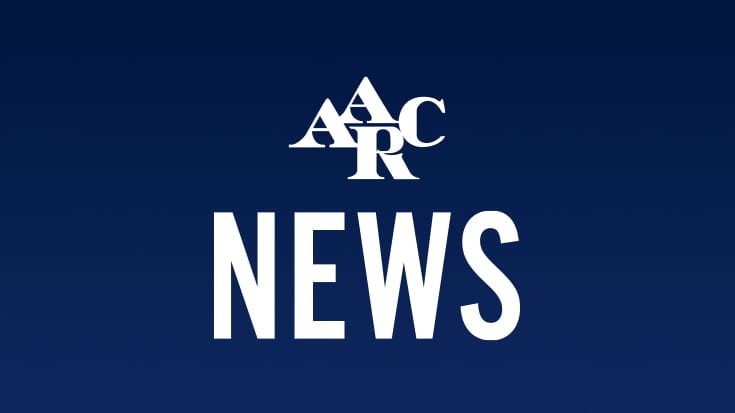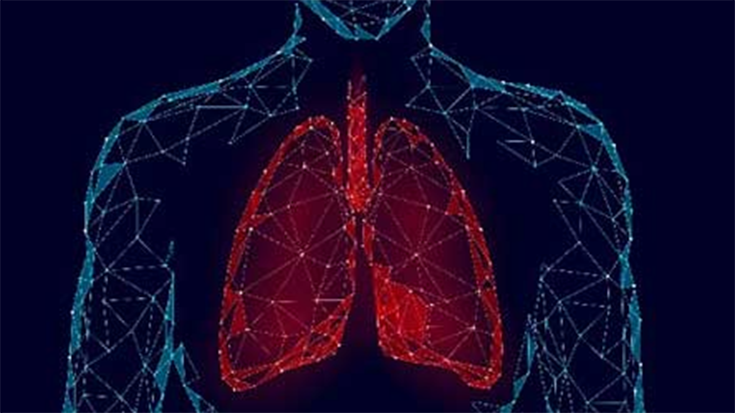
Delivering the best possible care to patients on mechanical ventilation means getting those patients off mechanical ventilation as soon as it is safely possible. According to Carl Haas, MLS, LRT, RRT, RRT-ACCS, FAARC, the best way to make sure that happens is to follow protocols developed specifically for this area of practice. He shares his recommendations for ventilator weaning protocols.
Multiple CPGs
“Protocols are written with sufficient detail that different clinicians with various clinical expertise will arrive at the same decision for the same clinical scenario,” explained Haas, who serves as education and research director, adult respiratory care, at Michigan Medicine in Ann Arbor and has published a number of papers on mechanical ventilation in peer review journals. “The details and rules of a protocol are based on the results of clinical research that suggest a good outcome when that rule is followed.”
He emphasizes that these rules are dynamic as well, changing new evidence comes to the forefront.
In the case of ventilator weaning, Haas says protocols managed by non-physician health care providers have been around since the late 1990s and have been proposed as a best practice since the release of a clinical practice guideline (CPG) in 2001.
“Multiple CPGs since have endorsed the concept of a ventilator liberation protocol, most recently the ATS/ACCP 2017 CPG on liberation from mechanical ventilation in critically ill adults,” Haas said.
That CPG reviewed 17 clinical trials comparing ventilator liberation protocols vs. no protocol and reported a 25-hour reduction in duration of ventilation from a median of five days, along with a one-day reduction in ICU length of stay. However, no overall difference was seen in mortality.
The right stuff
Haas believes RTs are the right clinicians to deliver care via ventilator weaning protocols because they are the clinicians who are typically at the bedside of patients on mechanical ventilation.
“When the reason necessitating mechanical ventilation begins reversing, the patient should be moved through the liberation process as quickly as clinically possible,” he said. “The practitioners at the bedside should be empowered with the ability to facilitate this process without unnecessary delay, such as waiting for a physician to round or respond to a page and order each step of the liberation process.”
Since managing the protocol includes making changes to ventilator settings, he believes RTs are the safest clinicians to implement it as well. But he also emphasizes that the therapist must work closely with the patient’s bedside nurse to coordinate the various components of care, particularly sedation requirements and the timing of spontaneous breathing trials (SBT).
“Equally important is communication with the bedside team at large to ensure that everyone is aware of the patient’s progress or current status related to their ventilator liberation progress,” Haas said.
Haas offers these recommendations to RTs seeking to ensure their facilities are following best practices in the area of ventilator weaning –
| Issue | Best-Practice Description | Importance |
| Daily assessment for liberation potential | An assessment should be conducted at least daily to determine whether the patient meets criteria to move forward in the liberation process. The criteria might include: evidence of reversal of the underlying cause of respiratory failure, adequate oxygenation on PEEP <8 and FiO2 <0.50, hemodynamic stability, and ability to initiate an inspiratory effort. | More than 70% of patients are successfully liberated following their initial SBT, suggesting that identifying the earliest point in time to conduct the SBT is important |
| SBT | Once meeting the liberation criteria, a spontaneous breathing trial (SBT) should be conducted before determining whether extubation can occur. Generally, the SBT should last 30-120 minutes. | Multiple studies have shown that the SBT should be the test to determine whether a patient is ready to assume breathing without assistance. |
| Linking SAT and SBT | Nursing should follow a sedation protocol. Therapists should conduct the SBT while the patient is undergoing a sedation awakening trial (SAT). | Conducting the SBT while the patient is minimally sedated has been associated with improved outcomes, including reduced mortality. |
| SBT Failure | Generally, if the patient fails the SBT, he should be placed back on previous settings or a comfortable level of pressure support and reassessed the following day for liberation potential. | When patients have declared they are not ready to be liberated, pushing them further may impose excessive load on their respiratory system and can delay liberation or extend duration of invasive ventilation. |
| Cuff leak test pre-extubation | Prior to extubation, in adults who have met extubation criteria AND are deemed high risk for post-extubation stridor (PES) (e.g., traumatic intubation, intubation >6 days, large endotracheal tube, female, reintubation after an unplanned extubation), a cuff leak test should be performed. If there is insufficient leak (failed test), it is recommended that systemic steroids be administered at least 4 hours before extubation. A repeat cuff leak test prior to extubation is not required. | Patients with PES have increased risk for reintubation, which itself is associated with increased morbidity and mortality. Identifying these patients is important so they can be treated prior to extubation. On the other hand, the cuff leak test is associated with a significant number of false negatives (i.e., fail test due to lack of leak, but do not have PES), which might unnecessarily delay extubation. The test should be reserved for patients at high risk for PES and not be conducted on all patients. |
| Prophylactic NIV post-extubation | For patients ventilated for >24 hours who pass an SBT AND are at high risk for extubation failure (e.g., patient with hypercarbia, COPD, CHF, or other co-morbidities), apply preventive NIV following extubation. It is recommended to apply NIV immediately after extubation to realize outcome benefits. | Patients who satisfactorily tolerate an SBT and require reintubation following extubation have increased risk for complications, including increased mortality. Use of preventive NIV in these high-risk patients, especially in COPD, is associated with a 14% relative increase in extubation success, and a relative reduction in ICU mortality of 63%. |
Looking for more?
Check out the Mechanical Ventilation: Liberation and Long-Term webcast. About the webcast:
Patients who require mechanical ventilation for a longer period of time may require unique strategies for effective ventilation and, optimally, liberation from the mechanical ventilator. The presenter will define key terms related to long-term mechanical ventilation and liberation from mechanical ventilation as well as discuss effective weaning techniques and strategies for effective patient care. This Webcast is approved for 1.0 CRCE.
Sponsored by an unrestricted educational grant from Medtronic.
Email newsroom@aarc.org with questions or comments, we’d love to hear from you.













